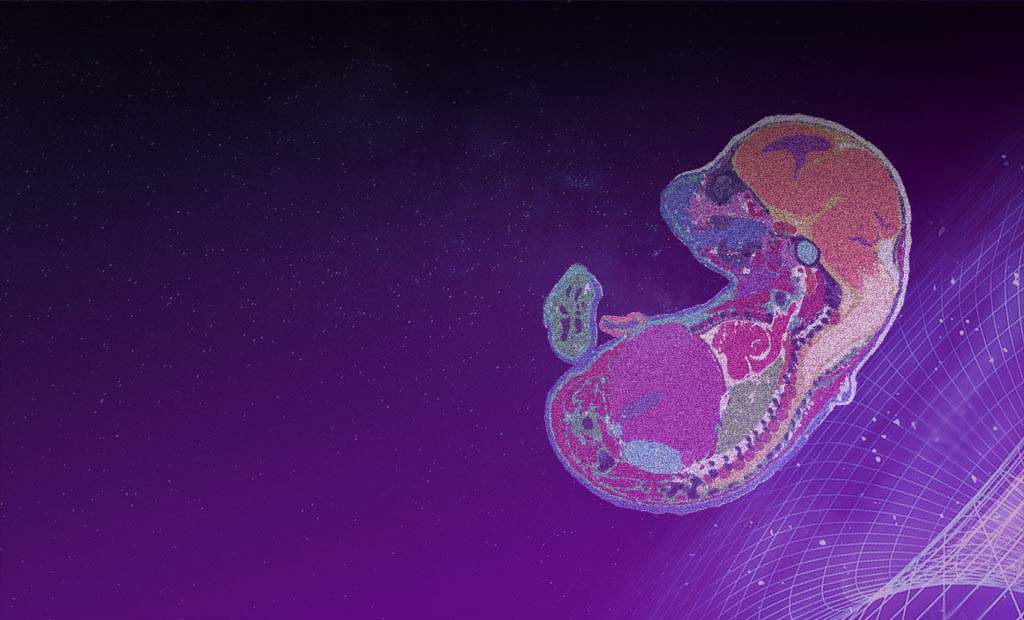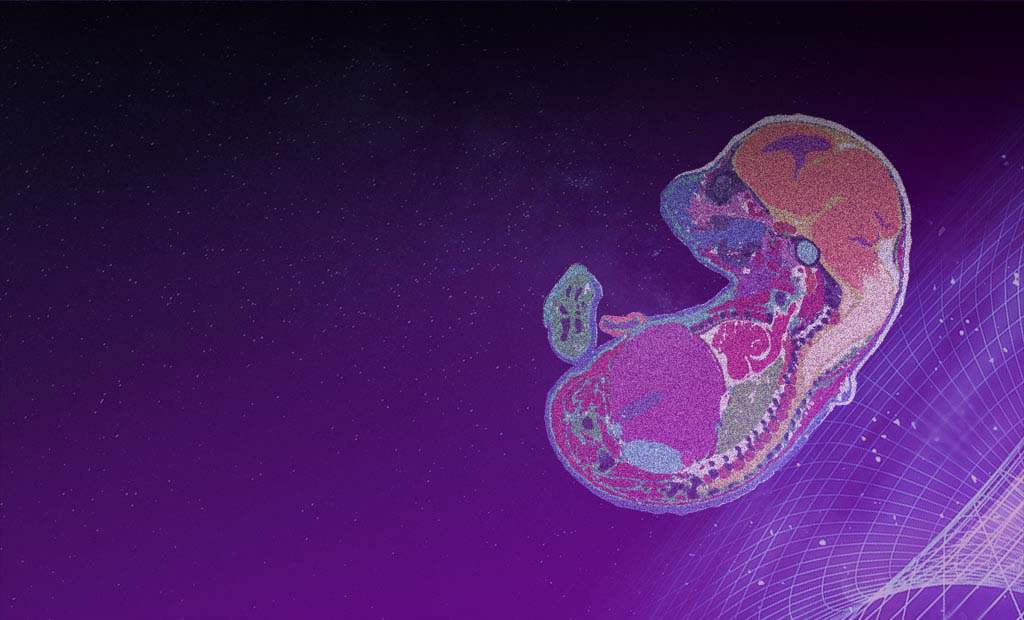1.0.0 | File format: .ipr + .tar.gz
Features: ssDNA image QC and manual processing | >= 5.5.0 | Support cell segmentation on ssDNA image; enable analysis of FASTQ data in Q4 format | 1.0.0 | Support displaying spatial expression heatmap, co-visualization of gene expression, and ssDNA image. Manual registration enabled |
2.0.0 | File format: .ipr + .tar.gz
Features: Image QC for ssDNA, DAPI, mIF stains and manual processing | >= 6.0.0 | Support mIF image registration; allow for rRNA filtering | 2.0.0 | Display of individual mIF images and the ones stacked with different image layers |
2.1 | File format: .ipr + .tar.gz
Features: Image QC for ssDNA, DAPI, mIF stains and their manual image processing; Fully manual procedure for QC-failed images | >= 6.1 <7.0 | Support analysis of the manually processed image outputs from ImageStudio and StereoMap | 2.1 <3.0 | Support reading multiple gef files at a time, which will be displayed by individual tabs |
| 2.2 | File format: .ipr + .tar.gz Features: Image QC for ssDNA, DAPI, mIF stains and their manual image processing; fully manual procedure for QC failed image | >=6.1
<7.0 | Support analysis with the results of fully manual procedure done by ImageStudio | 2.1
<3.0 | Support reading multiple gef files at a time, which will be displayed by individual tabs |
| 3.0 | File format: .ipr + .tar.gz Features: Image QC for ssDNA, DAPI, H&E, mIF stains and their manual image processing; fully manual procedure for QC failed images | 7.0 | Reconstructed 'count' go online;'register' reconstructed with new tissue segmentation algorithm and new 'V03' cell segmentation algorithm; Support H&E whole process; Support cell correction using EDM algorithm based on mask file of cell segmentation result | 3.0 | Support reading h5ad files with different binsize/resolution; /codedCellBlock information is written into cgef file after the SAW cellChunk module; Render cellbin heatmap while loading cgef files |
| The Image studio is integrated into StereoMap | File format: .tar.gz (includes. ipr) Features: ssDNA, DAPI, H&E, mIF Image QC and manual processing; And full manual processing for QC-failed Image; | 8.0 | ● Now the standard spatial transcriptomic analysis workflow is intergrated into one command line. ● Support one-stop computational workflow for FFPE sample (including microorganism analysis) ● Output zipped report file ● Output zipped package for visualization | 4.0 | ● Visualization: Support reading with .stereo manifest file; compatible with data of old version in reading ● Manual processing: Processe image data in a step by step manner |
| 8.1 | ● Support Stereo-seq T FF V1.3 and Stereo-CITE T FF data analysis | 4.1 | ● Visualization: Support the display of gene expression heatmaps for cellbin analysis; support linked display for the protein & marker genes ● Manual processing: New registration method available (Feature point registration) ● The output file supports user-defined directories. |



